NOC*NSF has become a member of ESTC, the industry association for the synthetic turf industry.

NOC*NSF is lid geworden van ESTC, de branchevereniging voor de kunstgrasindustrie 16 July 2024 Fieldmanager.nl De ESTC en NOC*NSF hebben al enige tijd contact met elkaar over ontwikkelingen binnen de kunstgrassector. De sportkoepel is nu lid geworden van deze brancheorganisatie.De ESTC, of voluit EMEA Synthetic Turf Council, werkt in Europa, het Midden-Oosten en Afrika samen […]
ESTC Welcomes New US Report Highlighting Safety
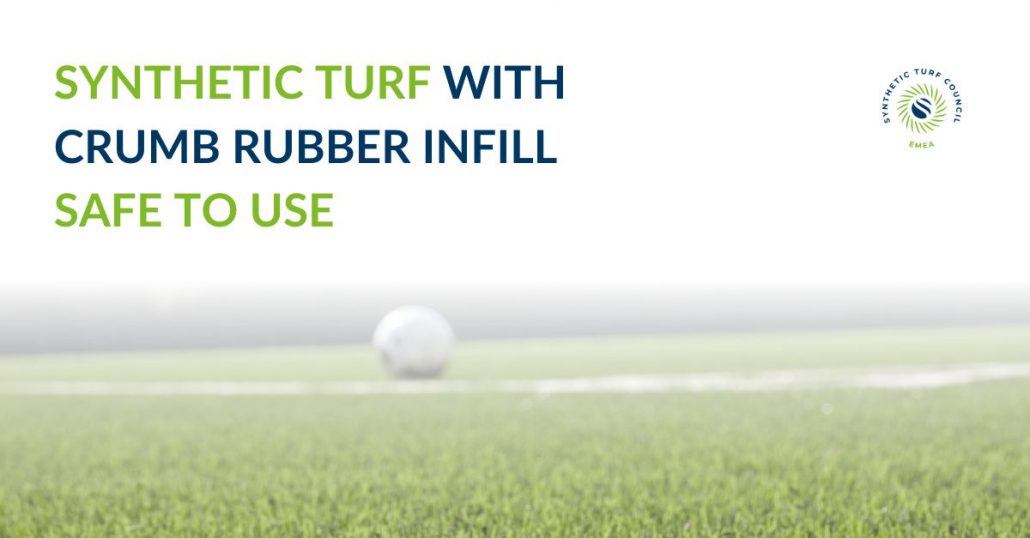
22 April 2024, Brussels EMEA Synthetic Turf Council (ESTC) welcomes the findings from the US Environmental Protection Agency’s (EPA) latest multi-agency research report on the safety of synthetic turf fields using crumb rubber infill. The American study found that there was no significant difference in the presence of certain chemicals between players who played on […]
Do it Sustainably – A video showcasing the benefits and sustainability of Sythetic Turf
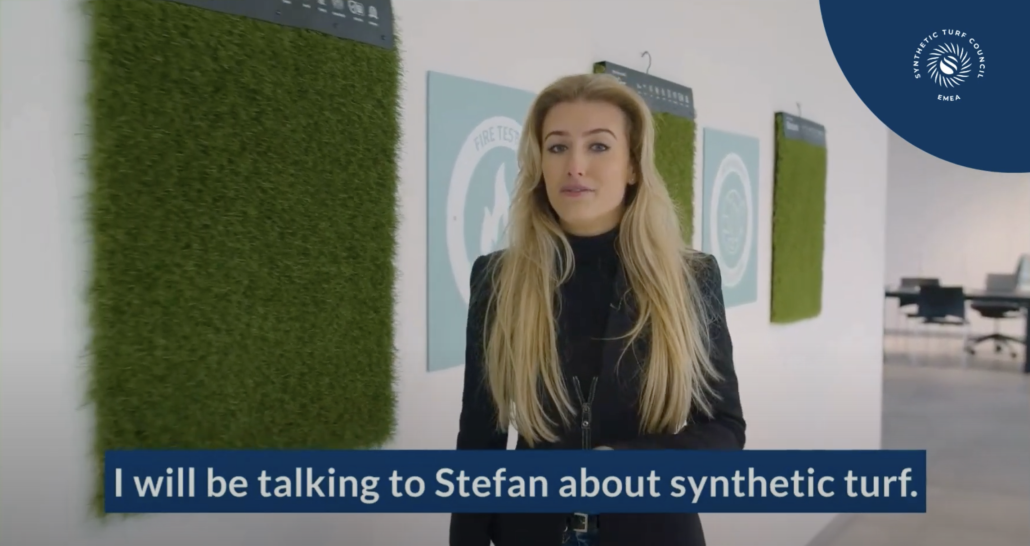
ESTC showcased the benefits of synthetic turf for landscape and its sustainability credentials. The video was featured on the show ‘Doe maar duurzaam’ – ‘Do it sustainably’ – aired February 2024.
ESTC Publishes Industry Guide for Synthetic Turf Recycling Facilities across Europe – Press Release
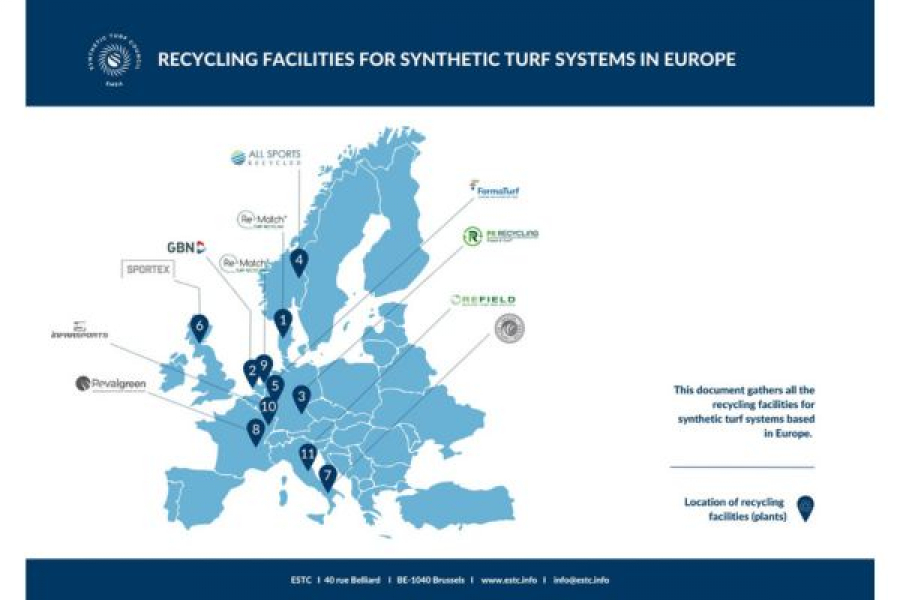
ESTC Press Release In response to an increasing need to dispose of end-of-life synthetic turf in an environmentally-sensitive way, ESTC (the EMEA Synthetic Turf Council) has launched a new guide to recycling facilities across Europe. The launch of the guide follows over €55 million of investment from ESTC members in new responsible waste management facilities […]
Synthetic Turf Industry Readies Itself for New Environmental Standards
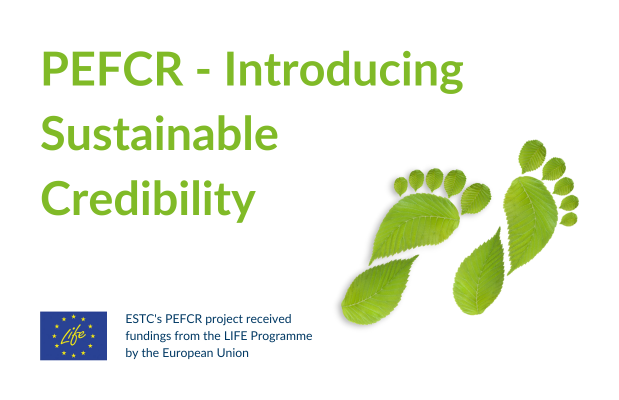
ESTC Press Release The synthetic turf industry has set its sights on the introduction of new environmental standards to prevent companies from making unsubstantiated environmental claims about their products. At a workshop hosted in Brussels on 12 December, ESTC (EMEA Synthetic Turf Council) brought industry together to provide insights on the intended application of the […]
European Commission adopts measures to restrict intentionally added microplastics
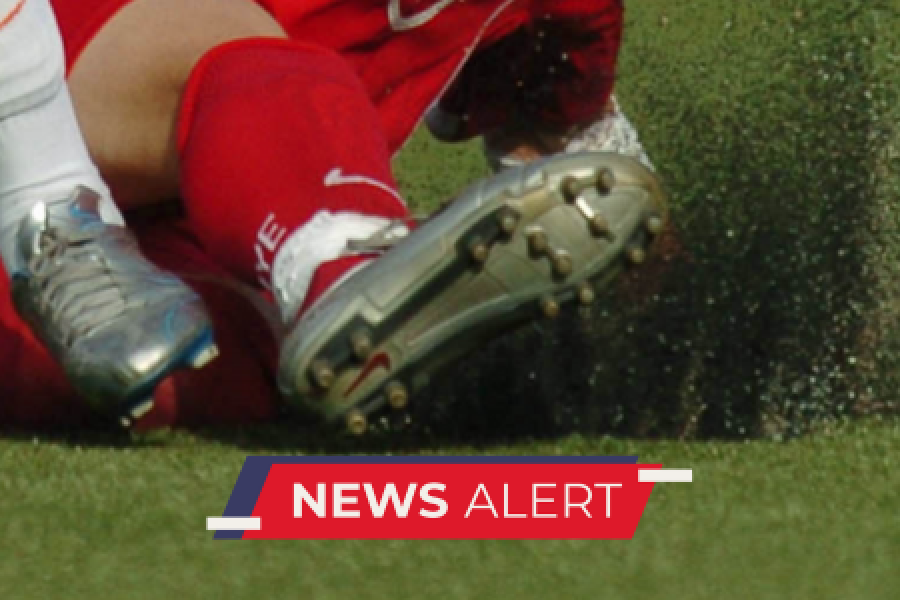
The European Commission confirmed on Monday 25th September that they have now completed the adoption of the REACH restriction on the sale of intentionally added microplastics. The new restriction is intended to dramatically reduce the release of these materials into the environment. The restriction uses a broad definition of microplastics and covers all synthetic polymer […]
Recycling Facilities for Synthetic Turf Systems in Europe – New Release
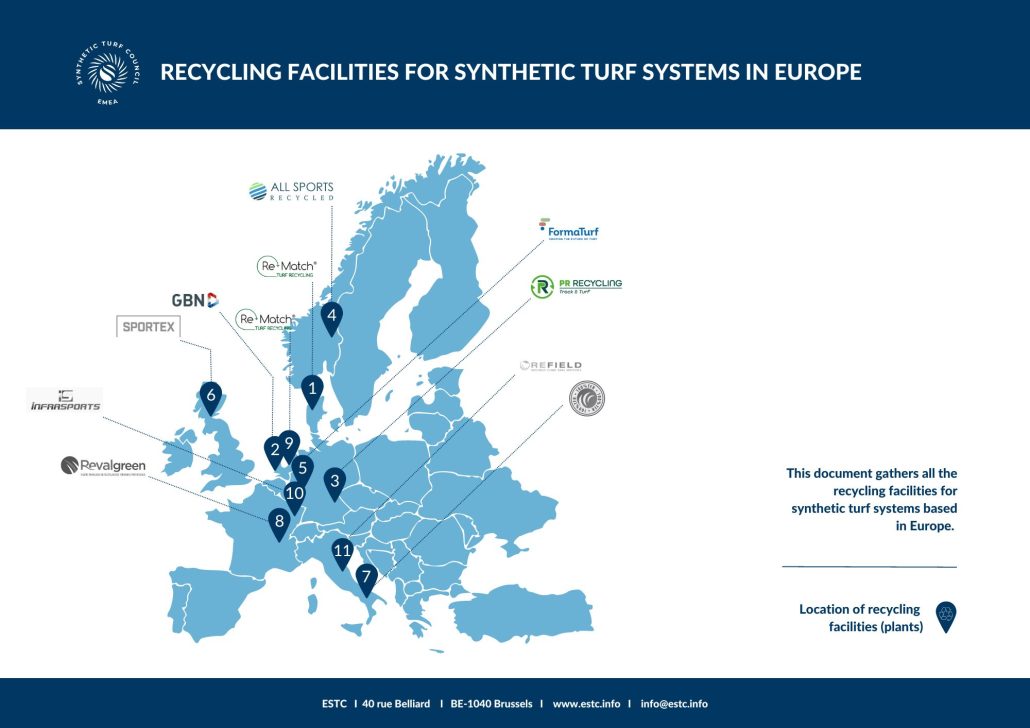
ESTC is pleased to share some great news, with the launch of a new industry Guide: ‘Recycling Facilities for Synthetic Turf Systems in Europe’ ! This guide aims to provide comprehensive information on companies in Europe that are actively offering recycling services for synthetic turf systems. It includes a location map infographic highlighting these companies, along with […]
Statement in Defence of the Synthetic Turf Industry against Antitrust Allegations
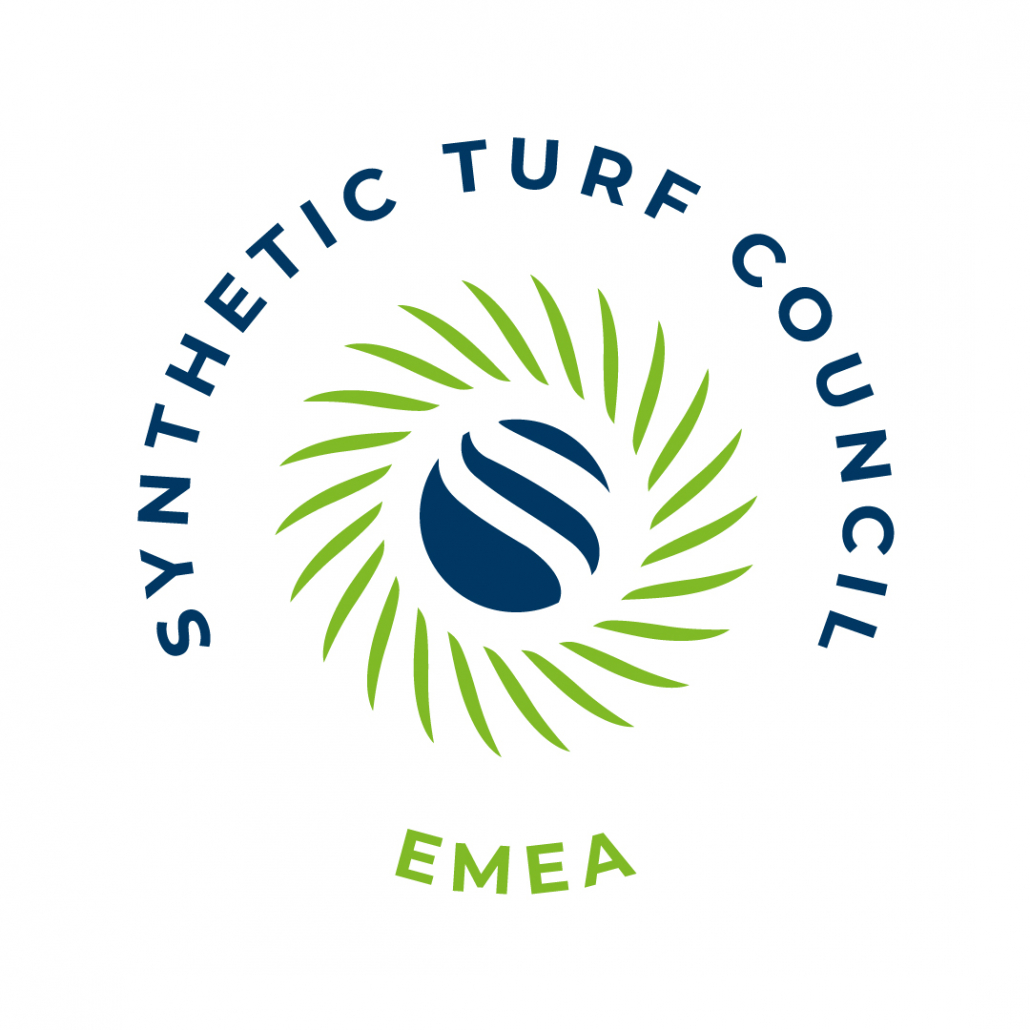
ESTC is aware of the recent news regarding the European Union’s antitrust watchdog raid on companies operating in the synthetic turf industry. While we cannot comment on specific cases or companies involved, we firmly believe in the importance of fair competition and compliance with all applicable laws and regulations. As a representative of the synthetic […]
REACH Restriction intentionally added microplastics – EU voted for transition period of 8 years
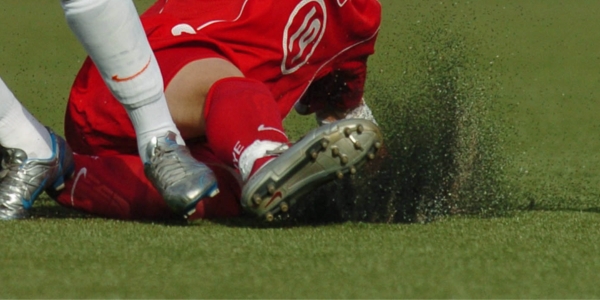
On the 26thApril 2023 the EU member states voted to support a revised REACH Restriction proposal tabled by the European Commission on how to control the use of intentionally added microplastics. Based on their definition of intentionally added microplastics, this Restriction will include polymeric infill materials used in synthetic turf surfaces. The agreed wording now […]
ESTC Board elects Chair and Vice Chair
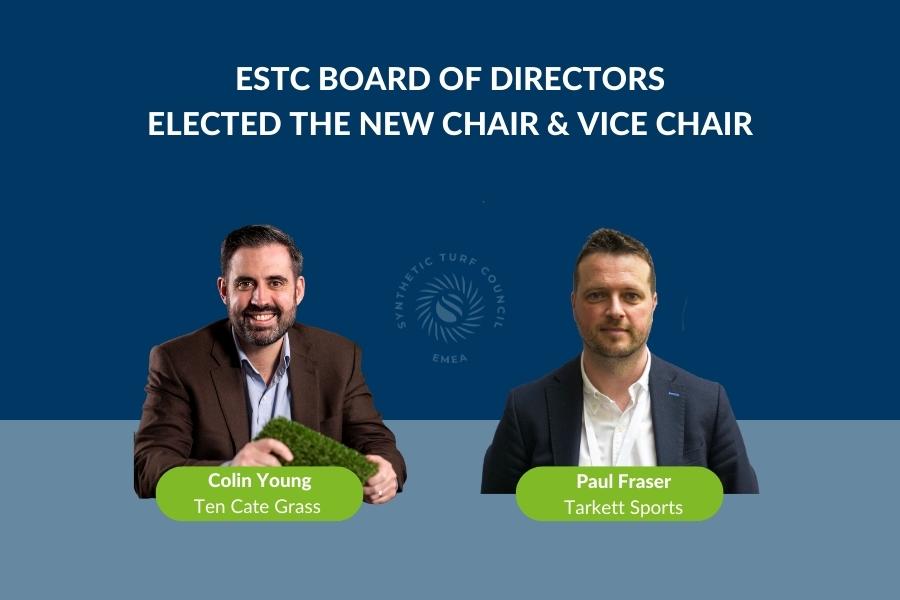
At their last meeting of the year, held on December 7 in Düsseldorf, the ESTC Board of Directors elected the new Chair and Vice Chair to the Executive Committee, for the coming 2 years. ESTC is pleased to announce that Colin Young (Ten Cate Grass) was elected Chair and Paul Fraser (Tarkett Sports) Vice Chair. Colin Young […]